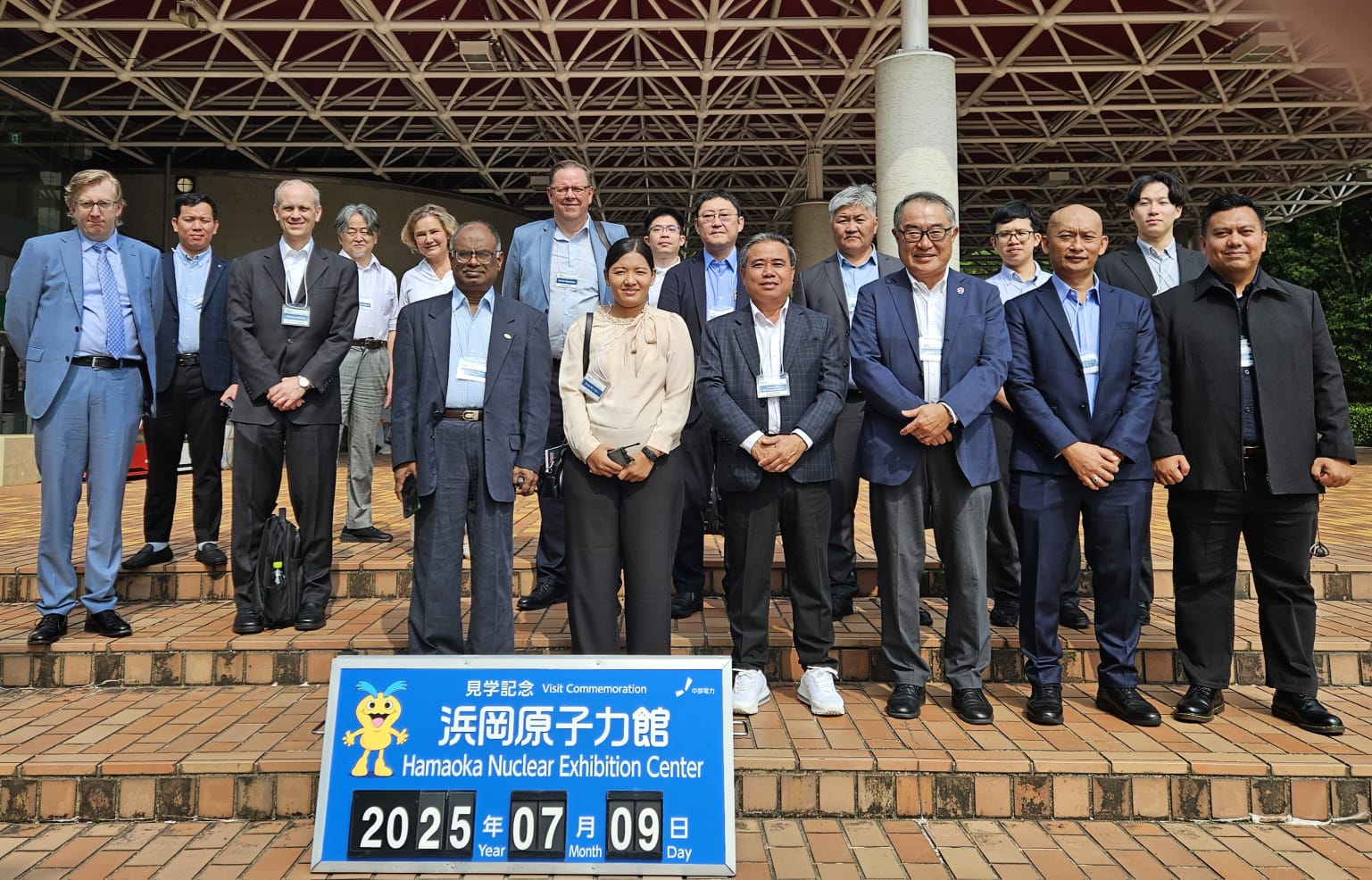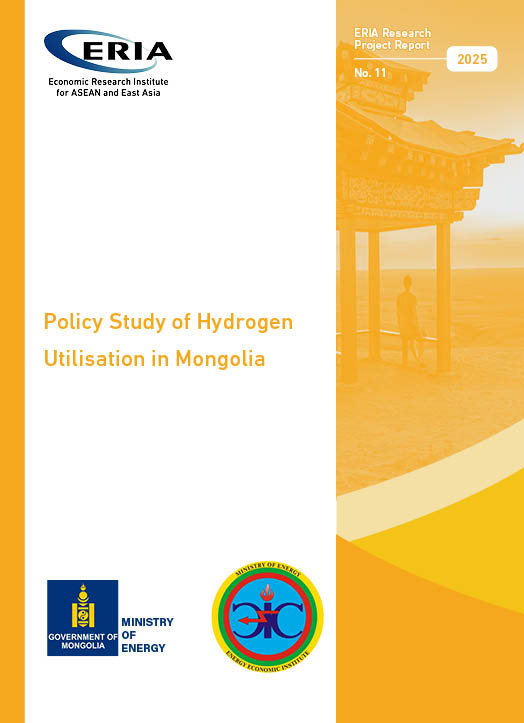Saving Southeast Asia from Another Economic Crisis
Date:
27 April 2020Category:
OpinionsShare Article:
Print Article:
By Giulia Ajmone Marsan, ERIA's Strategy and Partnership Director together with Andrea Goldstein: The apparent success of China, Japan, South Korea, Singapore and Taiwan in de-escalating the COVID-19 crisis contrasts with experiences in Europe and the United States where casualties have grown rapidly. Among various explanations, one is cultural: compared to the West, collective interest trumps individualism in the East. This makes it easier to adopt guidelines and policy measures that would appear outlandish to some Western nations where individual rights are sacrosanct, but that are necessary to fight the virus.
Fast forward to early April and it is clear that cultural norms are unfortunately insufficient to win the war against this invisible enemy. The situation in Northeast Asia remains critical. Even more worrisome is the rapid spread of the virus in the largest countries of Southeast Asia, including Indonesia, Malaysia, the Philippines and Thailand.
Underreporting is almost certainly high and protocols for testing and counting fatalities vary considerably across countries. It looks likely that confirmed cases are just the tip of the iceberg and that COVID-19 has taken hold in Southeast Asia. The number of deaths, likewise, is likely to be underreported in official data — Vietnam, for instance, has not reported any deaths so far. In addition to varying qualities of healthcare across the countries of Southeast Asia, a possible explanation for the contrast between the case numbers in the Philippines and Indonesia and those in Malaysia and Thailand is that it is more difficult to contain the coronavirus in archipelagic countries with very high population densities concentrated in main islands.
The numbers above show that Southeast Asia has still been unable to contain the pandemic. For two months, many hoped that a young population and tropical weather would shield Southeast Asia from the virus. However, Southeast Asia was already susceptible to the pandemic by March, when governments realised that the connections with Northeast Asia were too tight to keep COVID-19 away.
Apart from Singapore, public health systems in Southeast Asia are still underdeveloped and access to care is far from universal. While there are more than 20 physicians per 10,000 people in Northeast Asia, there are 15 per 10,000 in Malaysia and below 10 per 10,000 in the rest of Southeast Asia. Healthcare expenditure is on average 4 per cent of GDP in ASEAN countries compared to 5 per cent in China and a global average of around 10 per cent. Testing is likely to be insufficient and fewer sick people are likely to be identified and treated in Southeast Asia compared to Northeast Asia.
The informal economy is also much larger in Southeast Asia, accounting for more than 25 per cent of regional GDP. It is more difficult to effectively enforce lockdown measures when a large share of the economy exists underground. The digital divide also hits the poorest hardest. Informal workers endure poor housing conditions and are often inadequately equipped to work from home.
Children in less privileged households are also likely to be negatively affected by school closures as online learning may simply be impossible. Social distancing is even more difficult to implement in practice in high-density neighbourhoods. Informality makes it more difficult to support workers and businesses during the crisis, hurting households that only recently escaped poverty.
Governments have started to introduce different mitigation measures fearing an unprecedented economic contraction and a sharp increase in poverty. Schools have been closed, telework encouraged wherever possible, social distancing ‘stay at home’ and ‘pray at home’ messages are being promoted — particularly in Muslim-majority countries where Ramadan started on 23 April.
The time has now come to put in place large stimulus packages with fiscal and monetary components. Southeast Asia learnt the hard way during the Asian financial crisis of the perils of not acting promptly — this time it must be different. In an economic emergency it is essential to help businesses stay afloat through tax breaks, delayed tax payments and land-use fees, and liquidity infusions at preferential rates.
Vulnerable households, self-employed entrepreneurs and small- and medium-sized enterprises are other categories deserving of priority in government relief measures such as cash transfers and microcredit programs. It is also important to keep a close eye on those that may seize the opportunity of large government programs to enrich themselves. Anti-corruption agencies, whistle-blowers and courts must remain independent. The media must be free to investigate and report, holding policymakers and tycoons to account.
Yet, there may be a silver lining in the crisis if it accelerates the transition of Southeast Asian societies towards inclusive digital economies. Regional unicorn start-up companies like Grab or Gojek are proving to be digital champions, continuing to innovate to mitigate the cost of the outbreak through contactless systems to implement social distancing. Even in less advanced ASEAN countries, small shopkeepers are organising digital auctions on Facebook where they can meet potential buyers to sell goods.
Digital and mobile payments may also be used to reach vulnerable groups, including households in remote rural areas that otherwise would not benefit from relief measures. Governments should encourage and facilitate this digital transformation in the fight against COVID-19.
This opinion piece was written by Dr Giulia Ajmone Marsan, ERIA's Strategy and Partnership Director together with Andrea Goldstein and has been published in East Asia Forum. Click here to subscribe to the monthly newsletter.








